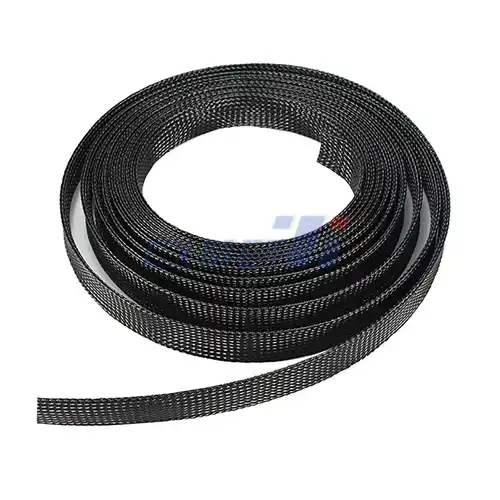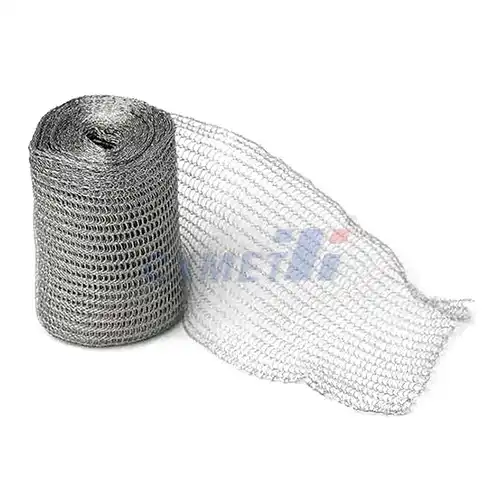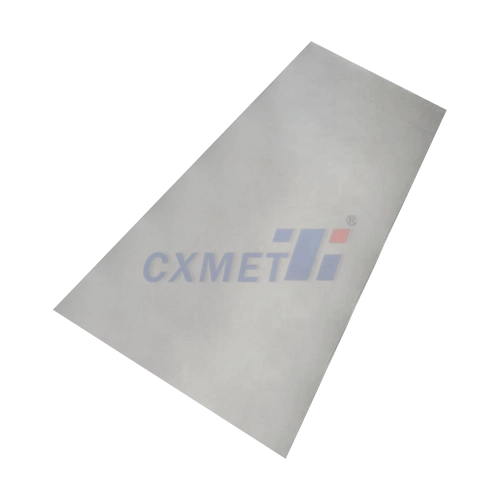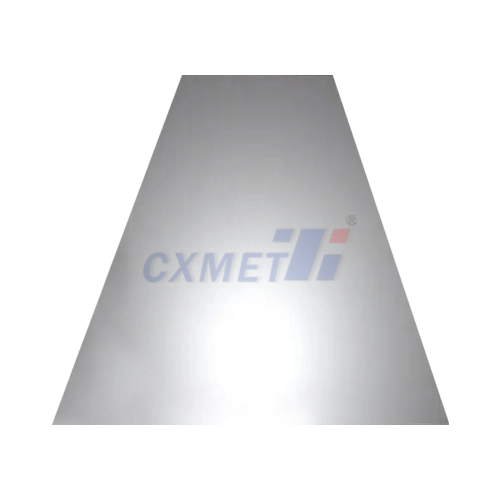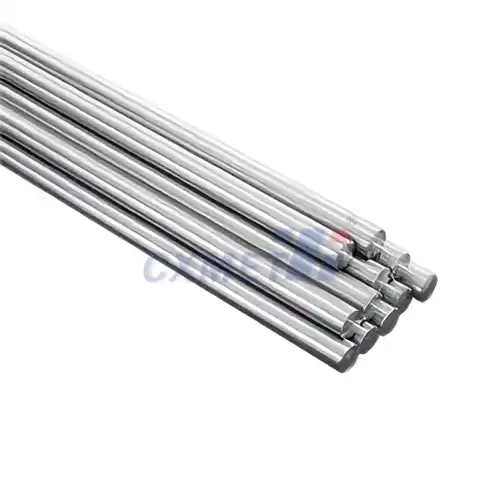- English
- French
- German
- Portuguese
- Spanish
- Russian
- Japanese
- Korean
- Arabic
- Greek
- German
- Turkish
- Italian
- Danish
- Romanian
- Indonesian
- Czech
- Afrikaans
- Swedish
- Polish
- Basque
- Catalan
- Esperanto
- Hindi
- Lao
- Albanian
- Amharic
- Armenian
- Azerbaijani
- Belarusian
- Bengali
- Bosnian
- Bulgarian
- Cebuano
- Chichewa
- Corsican
- Croatian
- Dutch
- Estonian
- Filipino
- Finnish
- Frisian
- Galician
- Georgian
- Gujarati
- Haitian
- Hausa
- Hawaiian
- Hebrew
- Hmong
- Hungarian
- Icelandic
- Igbo
- Javanese
- Kannada
- Kazakh
- Khmer
- Kurdish
- Kyrgyz
- Latin
- Latvian
- Lithuanian
- Luxembou..
- Macedonian
- Malagasy
- Malay
- Malayalam
- Maltese
- Maori
- Marathi
- Mongolian
- Burmese
- Nepali
- Norwegian
- Pashto
- Persian
- Punjabi
- Serbian
- Sesotho
- Sinhala
- Slovak
- Slovenian
- Somali
- Samoan
- Scots Gaelic
- Shona
- Sindhi
- Sundanese
- Swahili
- Tajik
- Tamil
- Telugu
- Thai
- Ukrainian
- Urdu
- Uzbek
- Vietnamese
- Welsh
- Xhosa
- Yiddish
- Yoruba
- Zulu
What is the Composition of Nickel-Chromium Alloy Welding Wire?
2024-08-08 17:46:14
Nickel-chromium alloy welding wire is a specialized welding consumable designed for joining and repairing high-temperature and corrosion-resistant materials. This wire typically consists of a carefully balanced combination of nickel and chromium, along with other alloying elements, to provide superior welding characteristics and performance in demanding applications. The exact composition can vary depending on the specific grade and intended use, but generally, these wires contain a high percentage of nickel (often 50-70%) and a significant amount of chromium (15-30%), with smaller amounts of other elements such as iron, molybdenum, and manganese.
What are the benefits of using Nickel-Chromium Alloy Welding Wire?
Nickel-chromium alloy welding wire offers numerous advantages that make it an indispensable tool in various industries, particularly those dealing with high-temperature and corrosive environments. One of the primary benefits is its exceptional resistance to heat and oxidation. The high nickel content provides excellent strength and ductility at elevated temperatures, while the chromium forms a protective oxide layer that prevents further corrosion and oxidation. This combination allows welded structures to maintain their integrity and performance in extreme conditions, such as those found in power plants, chemical processing facilities, and aerospace applications.
Another significant advantage is the wire's superior corrosion resistance. The chromium content forms a passive film on the weld surface, protecting it from various corrosive media, including acids, alkalis, and saltwater. This property makes nickel-chromium alloy welding wire ideal for applications in marine environments, oil and gas industries, and chemical processing plants, where exposure to corrosive substances is common.
The weldability of nickel-chromium alloy wire is also a notable benefit. It typically produces smooth, clean welds with minimal spatter and good fluidity, allowing for easier manipulation and control during the welding process. This characteristic is particularly valuable when working with complex geometries or in tight spaces, as it enables welders to achieve high-quality results with greater ease.
Furthermore, nickel-chromium alloy welding wire often exhibits excellent compatibility with a wide range of base materials. It can be used to join dissimilar metals, such as stainless steels to nickel alloys, or for overlay welding to improve the surface properties of less resistant materials. This versatility makes it a valuable tool in repair and maintenance operations across various industries.
Lastly, the mechanical properties of welds made with nickel-chromium alloy wire are often superior to those of the base metal. The resulting welds typically have high tensile strength, good ductility, and excellent crack resistance. These properties ensure that welded structures can withstand the rigorous demands of their intended applications, contributing to longer service life and improved reliability of equipment and components.
How do you choose the right Nickel-Chromium Alloy Welding Wire for your project?
Selecting the appropriate nickel-chromium alloy welding wire for a specific project is crucial to ensure optimal performance and longevity of the welded structure. The choice depends on several factors, including the base material composition, service environment, mechanical property requirements, and welding process to be used.
Firstly, it's essential to consider the composition of the base material. The welding wire should be compatible with the base metal to achieve a sound metallurgical bond and prevent issues such as dilution or embrittlement. For example, when welding nickel-based superalloys, a wire with a similar composition to the base metal is often preferred to maintain the desired properties throughout the weldment.
The service environment plays a critical role in wire selection. For applications involving high temperatures, wires with higher chromium content may be preferred for enhanced oxidation resistance. In contrast, for applications exposed to reducing atmospheres or sulfur-containing environments, wires with added molybdenum or niobium might be more suitable.
Mechanical property requirements are another crucial consideration. Some nickel-chromium alloy wires are designed to provide higher strength, while others offer better ductility or impact resistance. The specific demands of the application, such as operating temperature, stress levels, and potential for thermal cycling, should guide the selection process.
The welding process also influences wire selection. Different wire diameters and compositions may be optimal for various welding methods, such as Gas Tungsten Arc Welding (GTAW), Gas Metal Arc Welding (GMAW), or Submerged Arc Welding (SAW). Factors like arc stability, deposition rate, and fluidity of the weld pool can vary depending on the wire composition and should be considered in relation to the chosen welding process.
Additionally, it's important to consider any post-weld heat treatment requirements. Some nickel-chromium alloy wires are designed to achieve optimal properties in the as-welded condition, while others may require specific heat treatment procedures to develop their full potential.
Consulting with welding consumable manufacturers or metallurgists can provide valuable insights into selecting the most appropriate wire for a given application. Many suppliers offer detailed technical data sheets and application guides that can assist in the decision-making process.
Lastly, it's advisable to conduct welding trials or qualification tests when implementing a new wire or working on critical applications. This practice helps verify that the chosen wire meets all the necessary performance criteria and ensures compliance with relevant industry standards and specifications.
What are the common challenges when using Nickel-Chromium Alloy Welding Wire?
While nickel-chromium alloy welding wire offers numerous advantages, its use can present certain challenges that welders and engineers need to address to achieve optimal results. Understanding these challenges and implementing appropriate measures can help ensure successful welding operations and high-quality outcomes.
One common challenge is the potential for hot cracking, particularly in highly restrained joints or when welding thick sections. Hot cracking occurs during solidification of the weld metal and can be exacerbated by impurities or certain alloying elements. To mitigate this issue, proper joint design, preheat and interpass temperature control, and careful selection of filler metal composition are crucial. In some cases, using a wire with a slightly different composition than the base metal can help reduce the risk of hot cracking.
Another challenge is the tendency for some nickel-chromium alloys to form tenacious oxides on the surface during welding. These oxides can lead to lack of fusion defects if not properly managed. Thorough cleaning of the base metal and filler wire before welding is essential. Additionally, using the appropriate shielding gas mixture and maintaining proper gas coverage during welding can help prevent excessive oxide formation.
Porosity is another potential issue when working with nickel-chromium alloy welding wire. This can be caused by contamination, inadequate shielding gas coverage, or the presence of certain elements in the base metal or filler wire that have a high affinity for gases. Ensuring cleanliness of the base metal and wire, using high-purity shielding gases, and optimizing welding parameters can help minimize porosity.
The high coefficient of thermal expansion of many nickel-chromium alloys can lead to significant distortion during welding. This is particularly problematic when welding large structures or thin sections. Implementing proper fixturing, using appropriate welding sequences, and controlling heat input are strategies that can help manage distortion.
Maintaining arc stability can be challenging with some nickel-chromium alloy wires, especially when using certain welding processes or working in out-of-position orientations. This may require careful adjustment of welding parameters, such as voltage and wire feed speed, to achieve stable arc conditions and consistent weld quality.
The high cost of nickel-chromium alloy welding wire compared to more common filler metals can be a challenge from an economic perspective. This necessitates efficient use of materials and may require optimization of welding procedures to minimize waste and maximize productivity.
Lastly, the health and safety aspects of welding with nickel-chromium alloys should not be overlooked. These materials can generate fumes containing potentially harmful substances, such as hexavalent chromium. Proper ventilation, use of appropriate personal protective equipment, and adherence to safety guidelines are essential to protect welders and nearby personnel.
By addressing these challenges through proper planning, procedure development, and implementation of best practices, the full benefits of nickel-chromium alloy welding wire can be realized, resulting in high-quality, durable welds that meet the demanding requirements of various industrial applications.
At SHAANXI CXMET TECHNOLOGY CO., LTD, we take pride in our extensive product range, which caters to diverse customer needs. Our company is equipped with outstanding production and processing capabilities, ensuring the high quality and precision of our products. We are committed to innovation and continuously strive to develop new products, keeping us at the forefront of our industry. With leading technological development capabilities, we are able to adapt and evolve in a rapidly changing market. Furthermore, we offer customized solutions to meet the specific requirements of our clients. If you are interested in our products or wish to learn more about the intricate details of our offerings, please do not hesitate to contact us at sales@cxmet.com. Our team is always ready to assist you.
References:
1. American Welding Society. (2018). Welding Handbook, Volume 5: Materials and Applications, Part 2.
2. DuPont, J. N., Lippold, J. C., & Kiser, S. D. (2009). Welding Metallurgy and Weldability of Nickel-Base Alloys. John Wiley & Sons.
3. Kou, S. (2003). Welding Metallurgy. John Wiley & Sons.
4. Special Metals Corporation. (2007). Welding of Nickel Alloys. Technical Bulletin.
5. Davis, J. R. (Ed.). (2000). Nickel, Cobalt, and Their Alloys. ASM International.
6. Lippold, J. C. (2015). Welding Metallurgy and Weldability. John Wiley & Sons.
7. Patel, S. J., & Smith, G. D. (2001). The role of niobium in wrought superalloys. Superalloys, 718(625), 706.
8. Klarstrom, D. L., Crook, P., & Wu, J. (2004). Metallurgical considerations for welding nickel-based alloys. Welding Journal, 83(11), 39-43.
9. Dupont, J. N., & Kusko, C. S. (2007). Technical note: Martensite formation in austenitic/ferritic dissimilar alloy welds. Welding Journal, 86(2), 51-54.
10. Naffakh, H., Shamanian, M., & Ashrafizadeh, F. (2009). Dissimilar welding of AISI 310 austenitic stainless steel to nickel-based alloy Inconel 657. Journal of Materials Processing Technology, 209(7), 3628-3639.
 titanium wire 1.webp)
